
5 Food Storage Safety Tips For Your Home
We eat and serve food daily in our homes, so make sure you're following these 5 food storage safety tips so the food you serve and eat is at its freshest and healthiest.
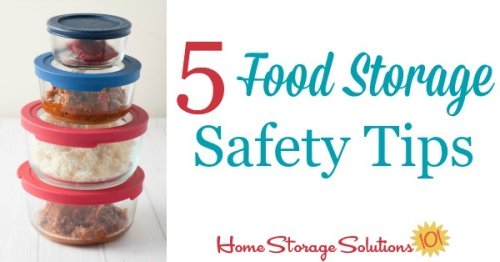
Put Open Packages In Air Tight Storage In The Pantry & Refrigerator
Whether it is the bag of cereal for breakfast, or the bag of shredded cheese in the refrigerator, air tight storage is a must. Exposure to air once a package is opened can lead to pantry items going stale. It can also leave them open to insects or other pests getting into packaging.
Inside the refrigerator open packages often lead to not only flavor absorption from other foods inside the refrigerator, but also dry them out. Using proper air tight storage will protect your foods in and out of the refrigerator.
Periodically Check To Make Sure Your Fridge & Freezer Are Adequately Cold
Your refrigerator and freezer are where you keep a large portion of your food, and they are designed to slow the growth of bacteria and other pathogens (for the refrigerator) or stop its growth (for the freezer). To do that the refrigerator should stay at or below 40° F, while the freezer should be at o rbelow 0° F. If they are higher than those temperatures you are not safely storing food in these places, so check with an appliance thermometer to make sure your large appliances are working properly.
(Hint: Also make sure to read the refrigerator food storage guidelines here so you are always placing your food in the right shelves or drawers of your fridge.)
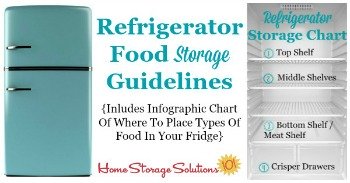
Cool Hot Foods Before Refrigerating Or Freezing Them
When you are batch cooking or planning to refrigerate or freeze food shortly after cooking, make sure you bring the temperature of the food down before placing it in either the refrigerator or freezer. Placing too hot foods into the fridge or freezer can bring the temperature of the entire freezer or refrigerator compartment up above the acceptable levels I mentioned above, which can cause safety issues in all foods stored there.
One method for cooling food more quickly is to use an ice bath. Fill a larger bowl with ice, and then place the bowl of food you wish to store on top of it and stir to cool safely. Once the food has reached a cooler temperature you can place it into storage containers and safely place in the refrigerator or freezer. But a word of caution about this method -- don't do this if you've got the hot food in a glass or ceramic bowl. Quickly changing the temperature of glass and ceramics can lead to thermal shock, where the container shatters or explodes, which of course is not what you want to happen. This, of course, is another reason, beside for food safety, that you always want hot foods to cool before placing them in the fridge or freezer as well.
Label All Freezer Meals And Leftovers With Date Stored
Label the containers you store food in, to know the date it was cooked and stored. You might think you'll remember right now, but especially for the freezer you won't, since many of these items can be in there for months. And even for leftovers, go ahead and jot down the day you ate that meal originally. It is amazing how quickly we forget what day we ate something just a few days before!
Labeling will help you know what needs to be eaten or used immediately, and what is safe to eat later. It will also allow your family to feel more confident that what they're eating is safe, so they're more likely to eat it instead of letting it go to waste because of uncertainty. (You can get more tips for how to encourage your family to eat leftovers here to avoid food waste.)
The rule for leftovers is that they should be eaten within three days (after reheating them to 165° F).
The rules vary for how long something can be frozen before it is eaten. I've provided a free printable freezer storage times cheat sheet here to help you know how quickly you need to eat various frozen foods. In addition, here's a similar free printable cheat sheet for refrigerated foods here on the site you can have as well.
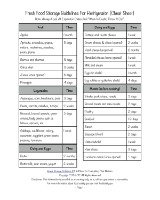 Refrigerator Food Storage Guidelines {Cheat Sheet} |
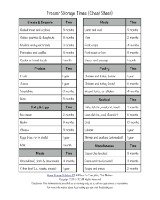 Freezer Storage Times {Cheat Sheet} |
Refrigerate Leftovers Within 2 Hours Of Cooking
Finally, for optimum food safety all foods should be stored in the refrigerator or freezer within 2 hours of cooking. Keeping hot foods hot (140° F or higher) keeps it safe when left out of the refrigerator. Below that temperature, hot foods are safe only for approximately two hours and should then be stored in the refrigerator or freezer for future use.
Make sure to follow these food storage safety tips each day and you cook and serve food for your family, to keep everyone safe and healthy! In addition, check out these 5 food safety rules in the kitchen to make sure you're prepping and cooking your foods safely as well as storing them safely!
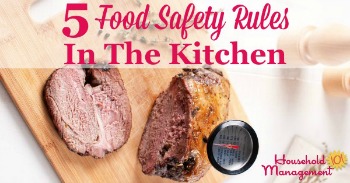
This article is sponsored by the Indiana's Family of Farmers. All thoughts and opinions are my own.
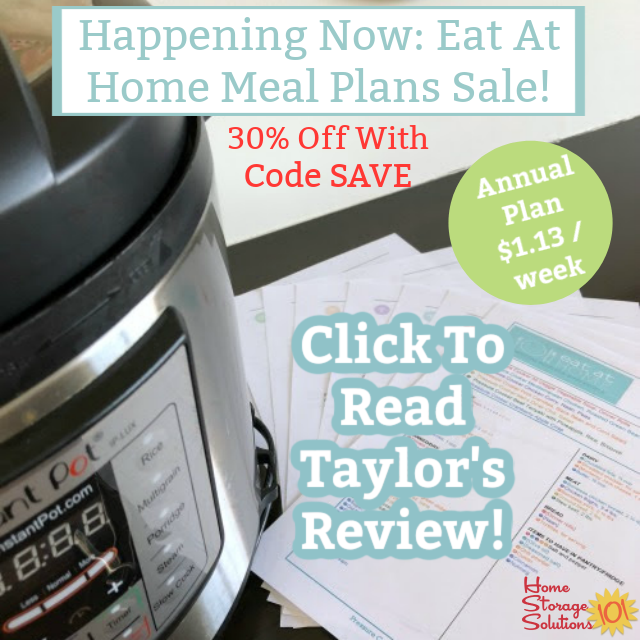
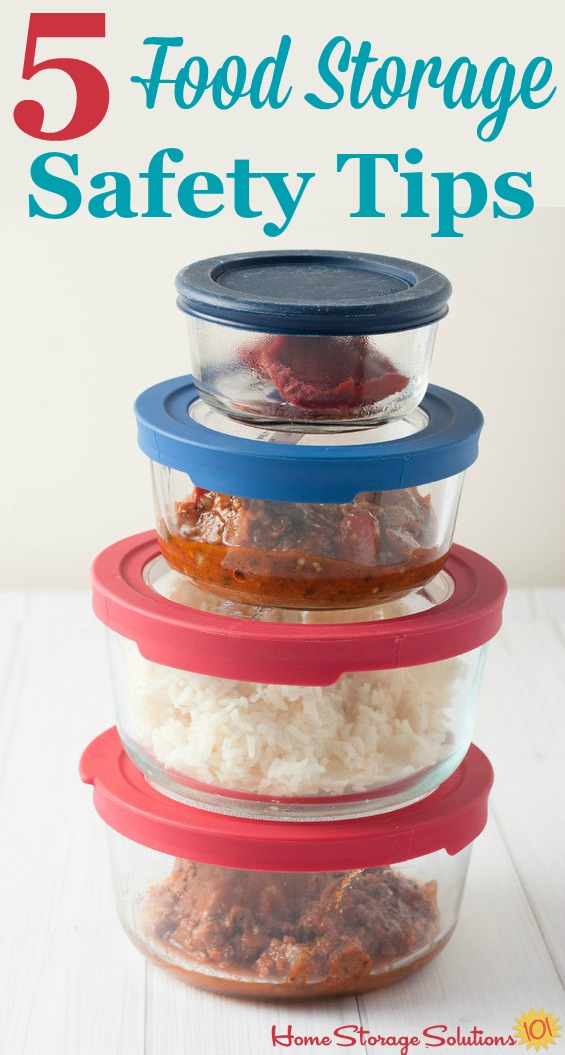

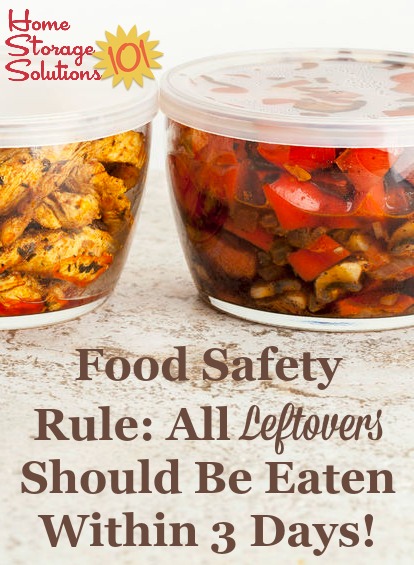
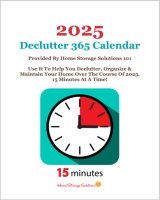
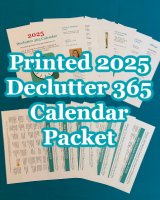
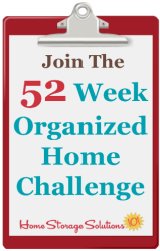



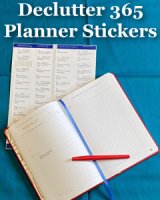

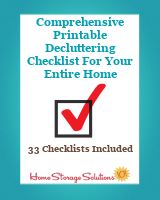


Share Your Comments, Tips & Ideas
I would love to hear from you, sharing your thoughts, questions, or ideas about this topic, so leave me a comment below. I try to always respond back!